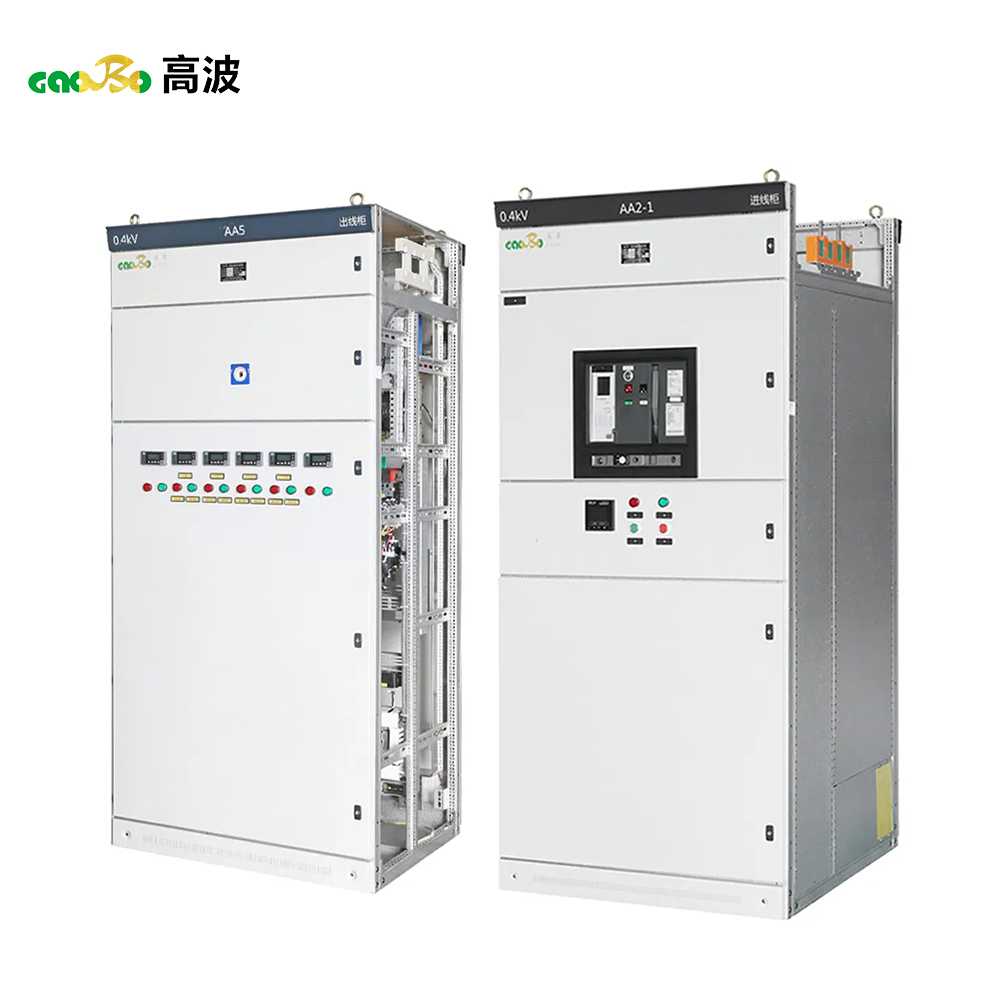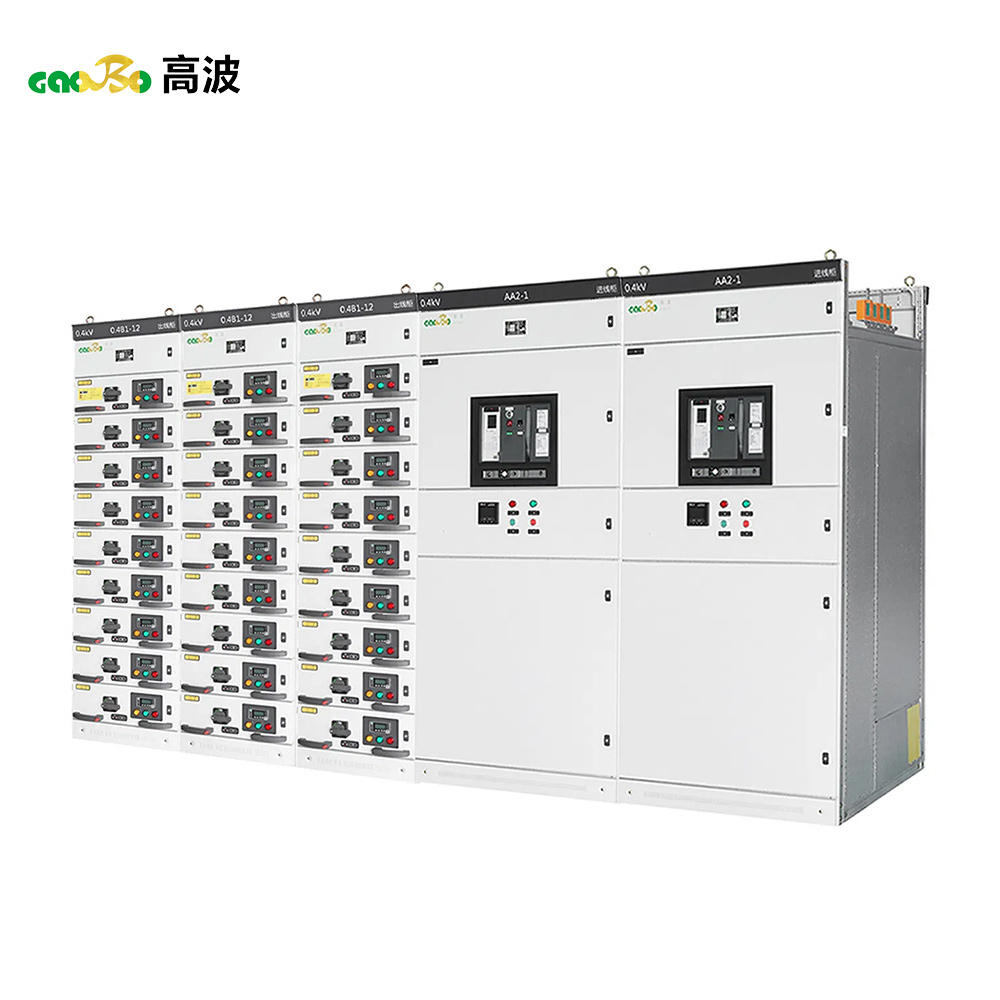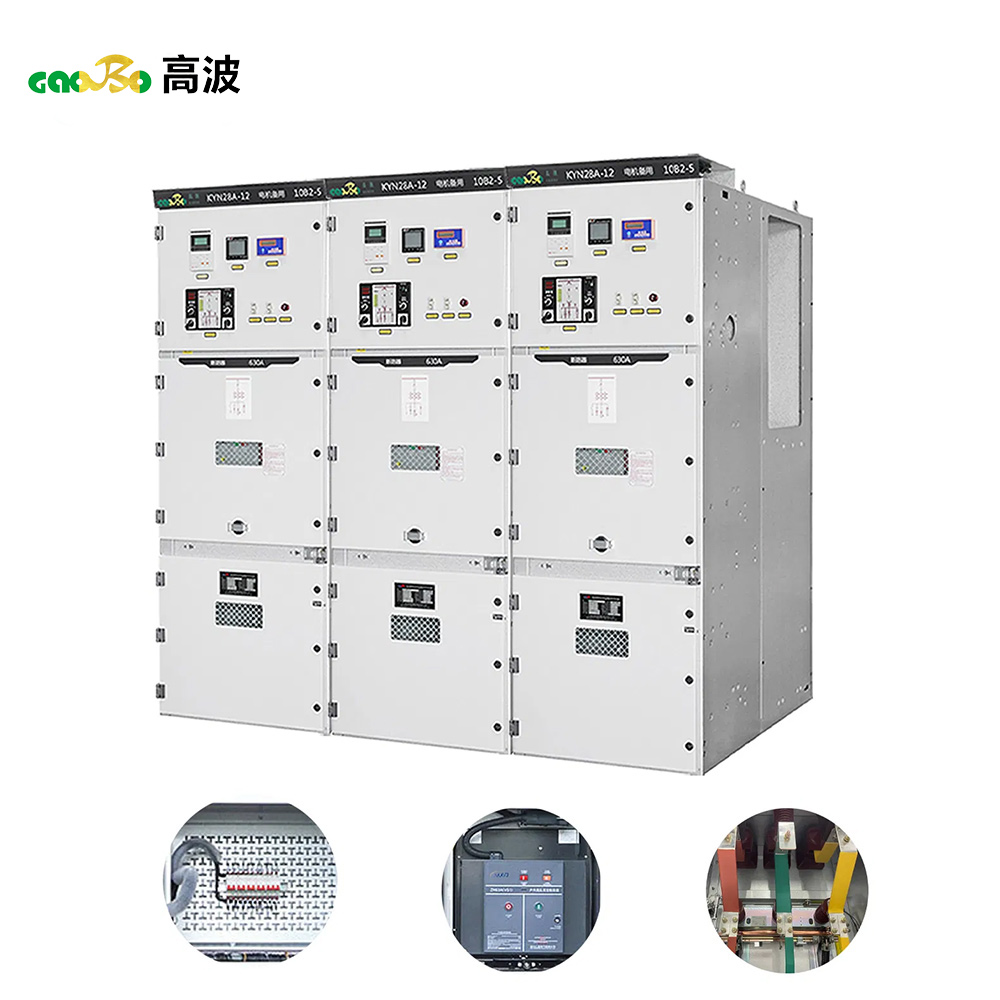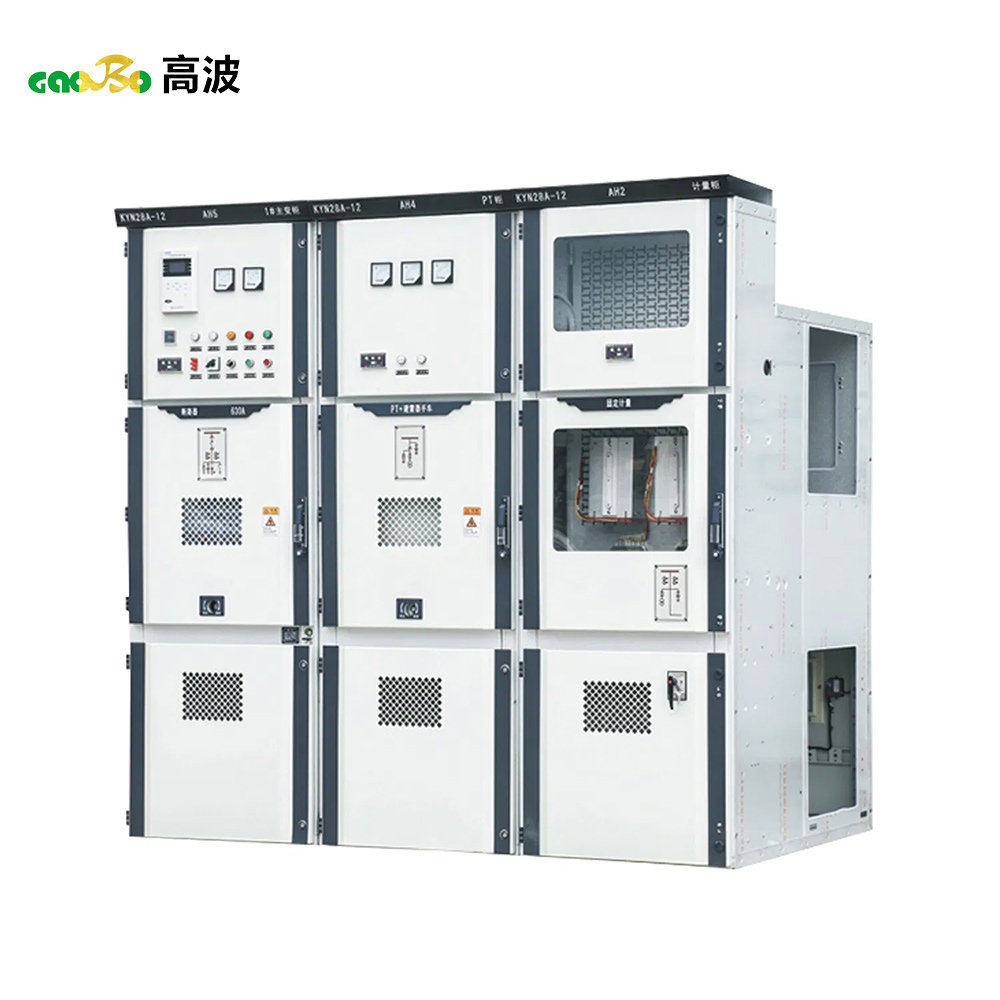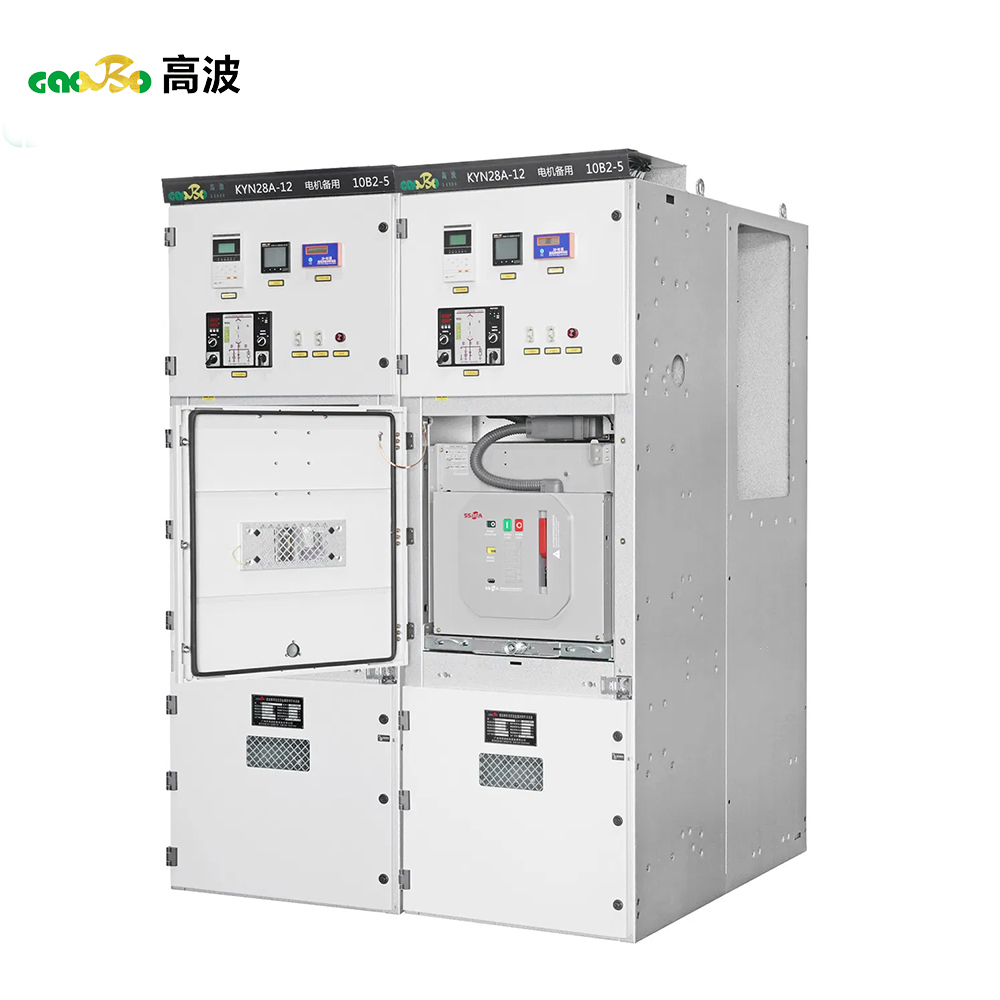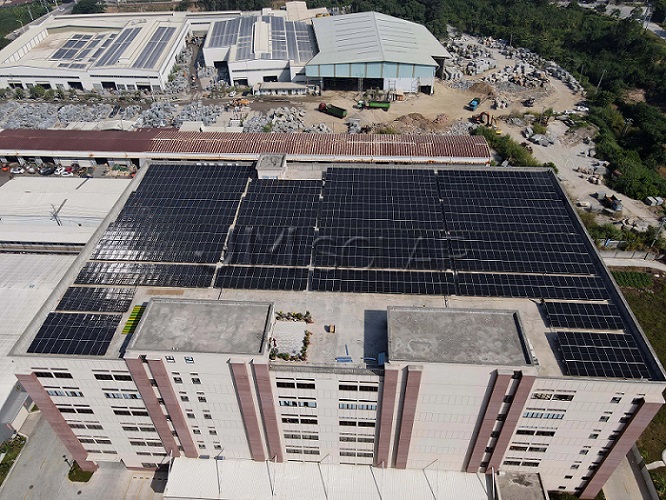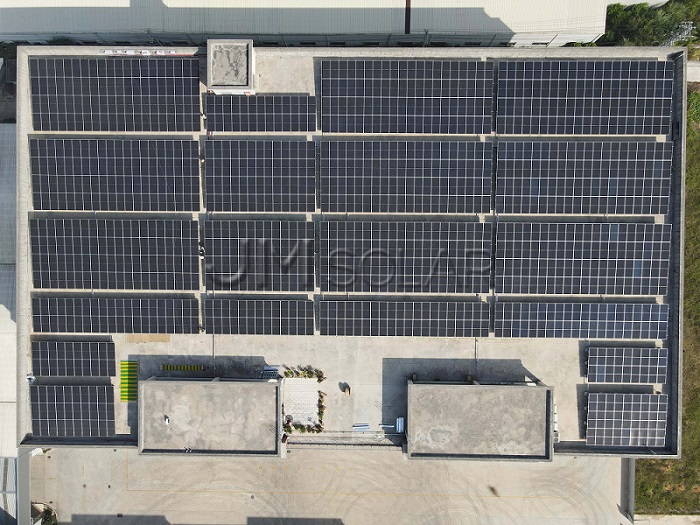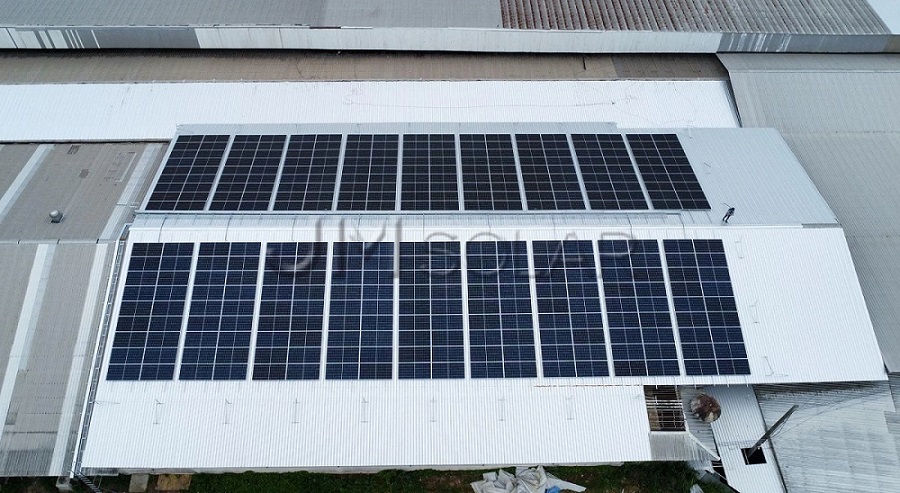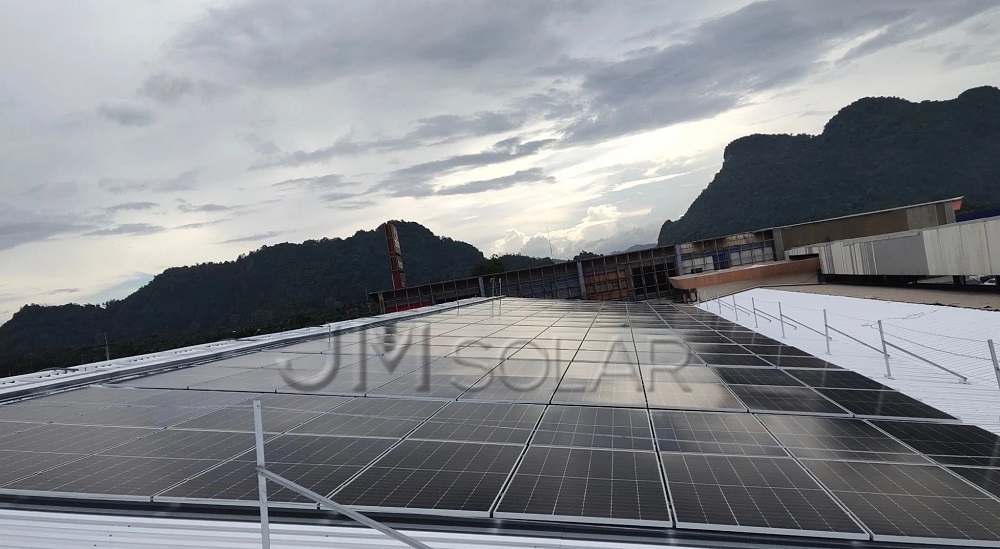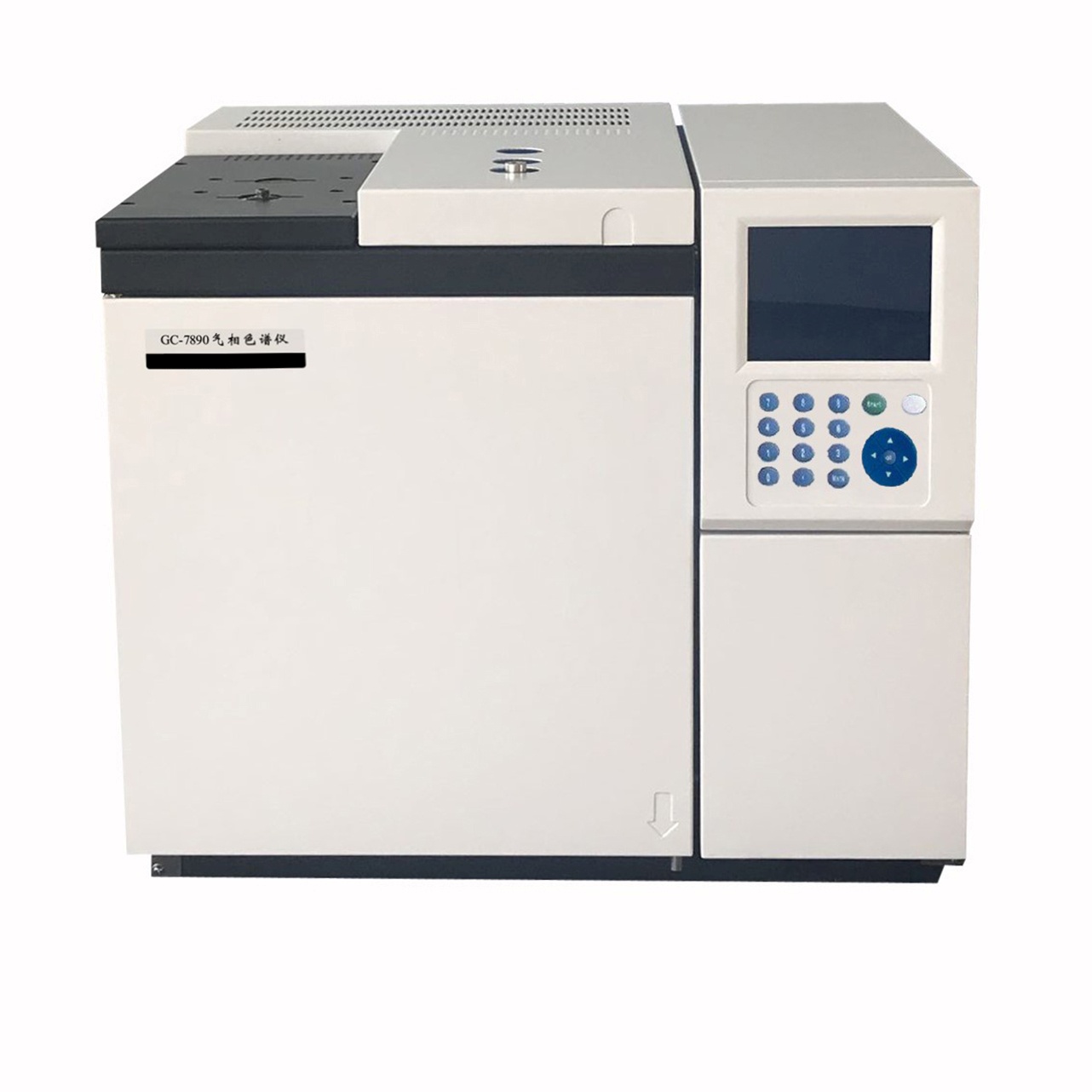In the vast and complex world of electrical power distribution, from the local substation to the breaker panel in a building's basement, switchgear plays a critical role. It is the combination of electrical disconnect switches, fuses, and circuit breakers used to control, protect, and isolate electrical equipment. Think of it as the command and safety center for an electrical network. While all switchgear serves this fundamental purpose, the distinction between Low Voltage (LV) and High Voltage (HV) switchgear is profound, impacting their design, application, and safety protocols.
Gaobo Power solution is a pofessional Low Voltage and High Voltage Switchgear Manufacturer in Guangzhou China.
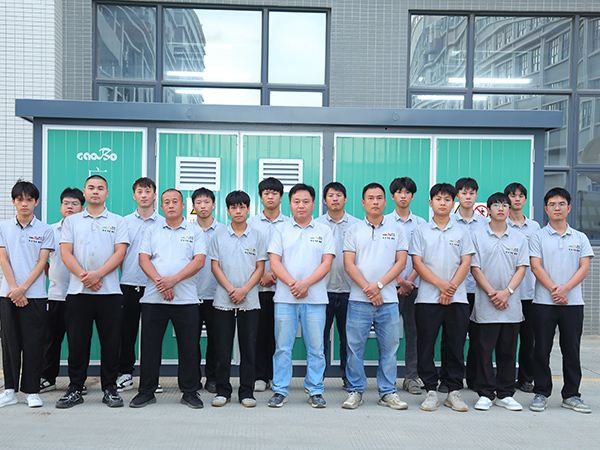
What is Low Voltage Switchgear?
Low Voltage Switchgear is designed to handle electrical systems where the voltage does not exceed 1,000 volts AC (or 1,500 volts DC). This is the equipment you would find in everyday commercial, industrial, and residential settings. Its primary role is to manage and protect the power distribution downstream, feeding electricity to loads like lighting, motors, and office equipment.
Common components within an LV switchgear assembly include:
Molded Case Circuit Breakers (MCCBs) and Air Circuit Breakers (ACBs): These are the workhorses for interrupting fault currents and overloads.
Contactors: Used for remotely switching loads on and off, often for motor control.
Protective Relays: Monitor electrical parameters and trigger breakers in case of abnormalities.
Measurement Devices: Voltmeters, ammeters, and energy meters for monitoring system health.
LV switchgear is characterized by its compact, metal-clad design, often arranged in a lineup of cubicles. Safety for personnel is maintained through insulation and enclosed housing, but the primary focus is on operational reliability and protecting connected equipment from damage.
What is High Voltage Switchgear?
High Voltage Switchgear is built for the transmission and distribution part of the grid, typically dealing with voltages from 36kV up to 765kV and beyond. Its role is to control and protect high-power circuits and large segments of the electrical network, such as transmission lines, power transformers, and entire substations.
Due to the immense energy involved, the design and components of HV switchgear are significantly more robust and complex. Key components include:
Vacuum or SF6 Circuit Breakers: At high voltages, air alone cannot safely extinguish the electrical arc created when a circuit is interrupted. These breakers use a vacuum or sulfur hexafluoride (SF6) gas to quench the arc effectively.
Disconnect Switches (Isolators): These provide a visible air gap to isolate equipment for maintenance, ensuring a section is completely de-energized.
Current Transformers (CTs) & Voltage Transformers (VTs): These scale down the high current and voltage to measurable values for protection relays and meters.
Advanced Protective Relays: These are highly sophisticated devices designed to clear faults in milliseconds to maintain the stability of the entire power grid.
What is the difference Between Low Voltage and High Voltage Switchgear?
The core differences between LV and HV switchgear stem from the voltage levels they control.
Voltage Level: This is the most fundamental distinction. LV operates at ≤ 1,000V, while HV typically starts at 36kV.
Application and Location: LV switchgear is found at the end of the distribution line—in data centers, factories, and large buildings. HV switchgear is located in transmission substations and large power generation plants.
Design and Construction: The intense electrical stress in HV systems necessitates larger physical clearances between components to prevent arcing. HV equipment is therefore much larger and often housed in dedicated, controlled substations. LV gear is far more compact.
Arc Quenching Medium: LV breakers typically use air as their arc quenching medium. HV breakers require advanced mediums like vacuum or SF6 gas to extinguish the powerful arc safely and rapidly.
Safety Emphasis: Working on HV equipment carries extreme risk. Safety protocols are rigorous, requiring strict adherence to "lock-out/tag-out" procedures, grounding straps, and specialized personal protective equipment (PPE). The consequences of an arc-flash incident in HV systems are catastrophic.
While both Low Voltage and High Voltage Switchgear are indispensable for a safe and reliable electrical supply, they operate in fundamentally different realms. Low Voltage switchgear is the final distributor, safely delivering power for daily use. High Voltage switchgear is the backbone of the grid, managing the immense power that travels across vast distances. Understanding their distinct roles, designs, and the critical safety measures they entail is essential for anyone involved in electrical power systems.


